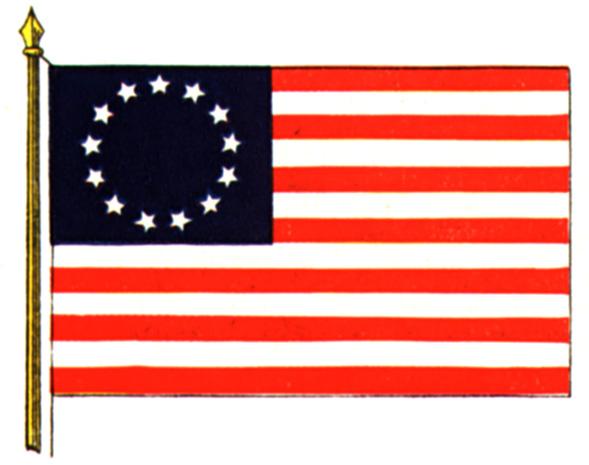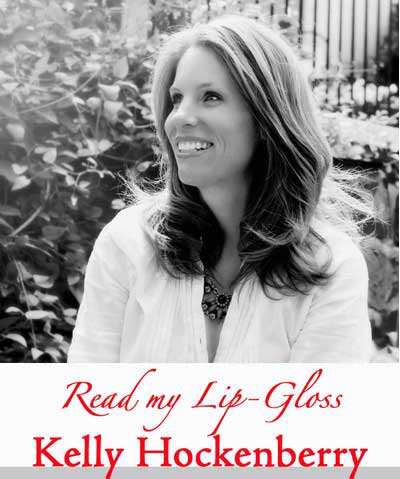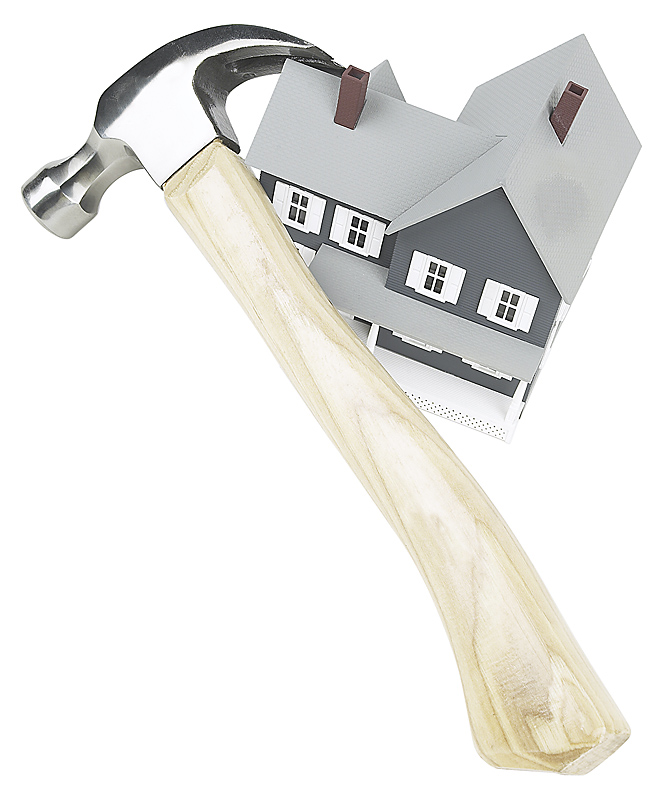From small to giant installations, there’s a lot of options, but you need to know what works for you
By John D’Annunzio, Columnist, UnionvilleTimes.com
 There are different types of solar energy panels, each different in terms of use and practicality. First let me give you an idea of how much they cost. Solar energy costs about $ 10 to $ 12 a watt to install. An average sized system to handle a 2800 to 3500 sq. foot house would cost about $ 20,000.
There are different types of solar energy panels, each different in terms of use and practicality. First let me give you an idea of how much they cost. Solar energy costs about $ 10 to $ 12 a watt to install. An average sized system to handle a 2800 to 3500 sq. foot house would cost about $ 20,000.
Now the different use types such as portable solar panels for recreational use, computers, boats that could cost any where from $ 700 to $ 1500. Another is a solar thermal water heating system, such as a solar glycol-based system, that can pay for it self in less then three years; the cost is under $5000 and can save 50%-100% on your water bill. There are also panels for swimming pools, hot tubs, etc. In other words, you don’t have to buy an entire house system for just a few items.
Let’s talk about location. On a roof, the system should face south to receive the most energy from the sun. Keep in mind the condition of the roof before installing a solar system: it needs to be strong enough to support the weight of the panels. A typical solar panel is made up of a grid of solar cells, such as monocrystallin panels, which are the most efficient for converting solar energy into electricity.
A less expensive type is the polycryst panels because they are cost less to produce. Then there is the film solar panel which is efficient but they are the flimsiest because the film used is very thin. Solar panels will only last so long, shop for a system that has a life expectancy of at least 20 to 25 years. This enough to reduce your energy costs before the warranty runs out.
Who do you buy from? Well, start with someone in the area; see how many jobs they have done in your county. See if they are certified or have certified technicians. How long have they been in business? Ask how the solar system interacts with the utility provider’s power (street Power). Ask for references and brochures. Again, as I state repeatedly look for a standard listing on the product such as ASTM (American Society Of Testing Materials) or UL (Underwriters Laboratory). This means the product or products have been tested under all rigorous of conditions.
And lastly, one of the components is an inverter which is able to convert DC current to AC current. Your utility provider’s meter will monitor their electric use and also monitor the solar system use. So your meter will actually go in reverse if your solar system is providing all the electricity needs to service a dwelling.
The great thing is the utility provider will credit you because you will be feeding surplus electricity into their grid. You will need an interconnection agreement with your energy provider to receive this credit. The thing of it is, if you want to spend the up front costs or finance the solar projects sizable amount and wait for the return. That’s something to think about. Are the systems going to be more sophisticated in the future and cost less? Probably so. Again shop for a proven setup, ask people how long they’ve had their solar systems. That will help to shed some light on the task of finding the most efficient solar setup.
John D’Annunzio is a local Commercial and Residential builder who has held nearly every job in the construction industry from heavy equipment operator to home builder. He is ICC building code certified and lives and operates in Chester County, PA. His column will appear weekly and address various home improvement and building issues with special attention to subjects of interest locally.
Contact John at johnd3656@verizon.net








Hey John,
The prices of solar panels have dropped significantly and as a result you can get them installed for less than $6.00 per Watt…That’s based on a conservative cost…Prices can go far towards the south in many areas like California, NJ, Arizona where they have provided generous incentives for solar panel installations…
The same goes for the Solar Water Heater systems, prices can be now in the range of 2K-3K….and even more cheaper…so overall its a very pro-solar environment in the United States…
We are expected to be the biggest market in the next couple of years and prices are more likely to hit in $2.50 – $3.00 per Watt…
John:
One of the reasons that folks get frightened away from solar power is the costs which get bandied about.
I’m not sure if you have been checking on some of the recent solar deals, but systems can be had for far less than what you suggest. Not only that, but a homeowner with some basic DIY skills can do this themselves, further reducing the cost. It just isn’t that difficult.
The size of the house shouldn’t control the size of the required system, it is based on what power consumption the occupants use. The first thing that everyone needs to learn to do is to reduce their use. I’m sorry to say that most north Americans – yes, that includes me – are extremely wasteful with energy.
We have been living with a solar system for 14 years now off the grid. It doesn’t take very long to get into the habit of conservation when grid power isn’t available.
Where are you getting $10-$12 dollars a watt installed? I am seeing $4.50/watt for residential and $3.50 for large commercial in the Poconos.